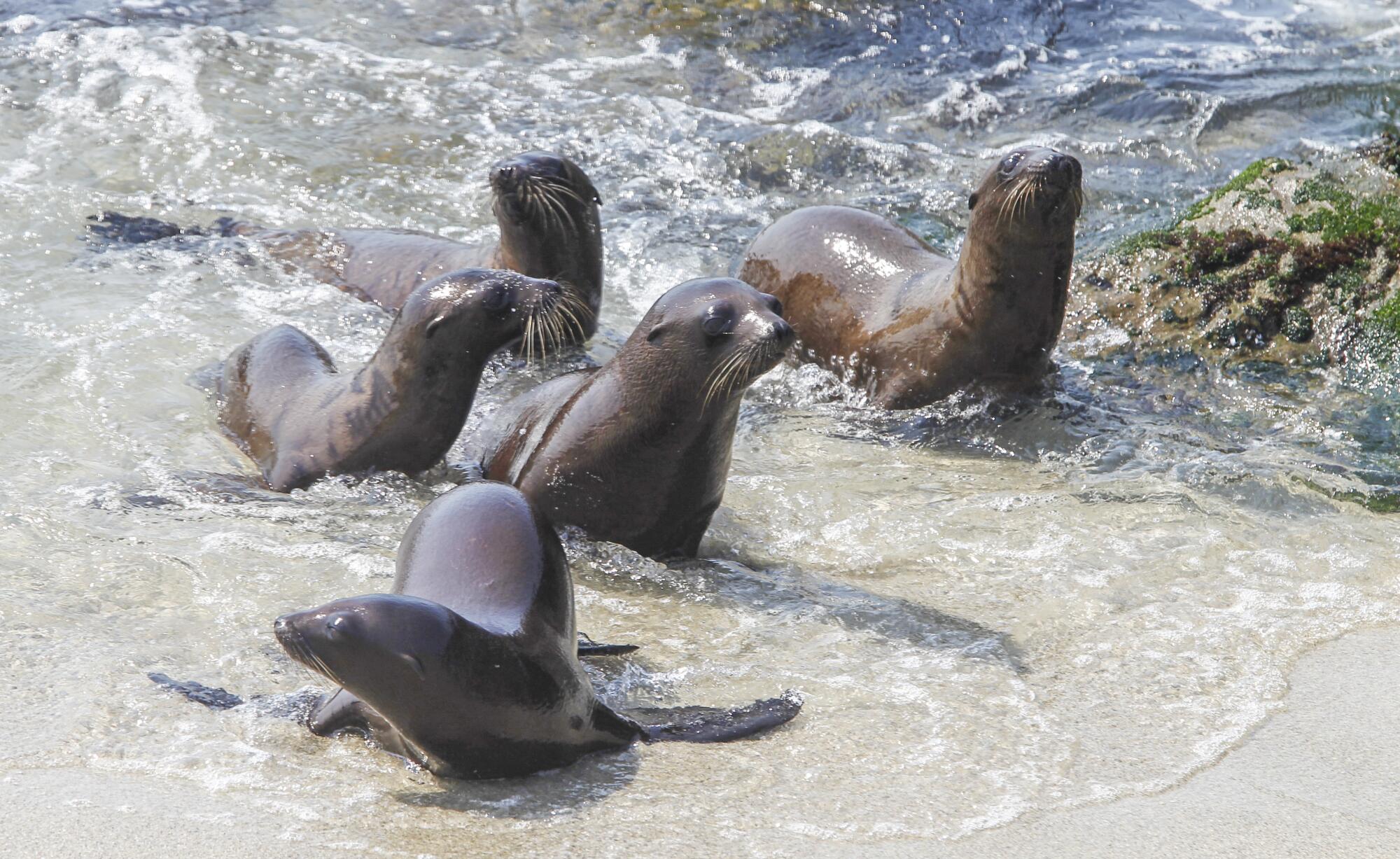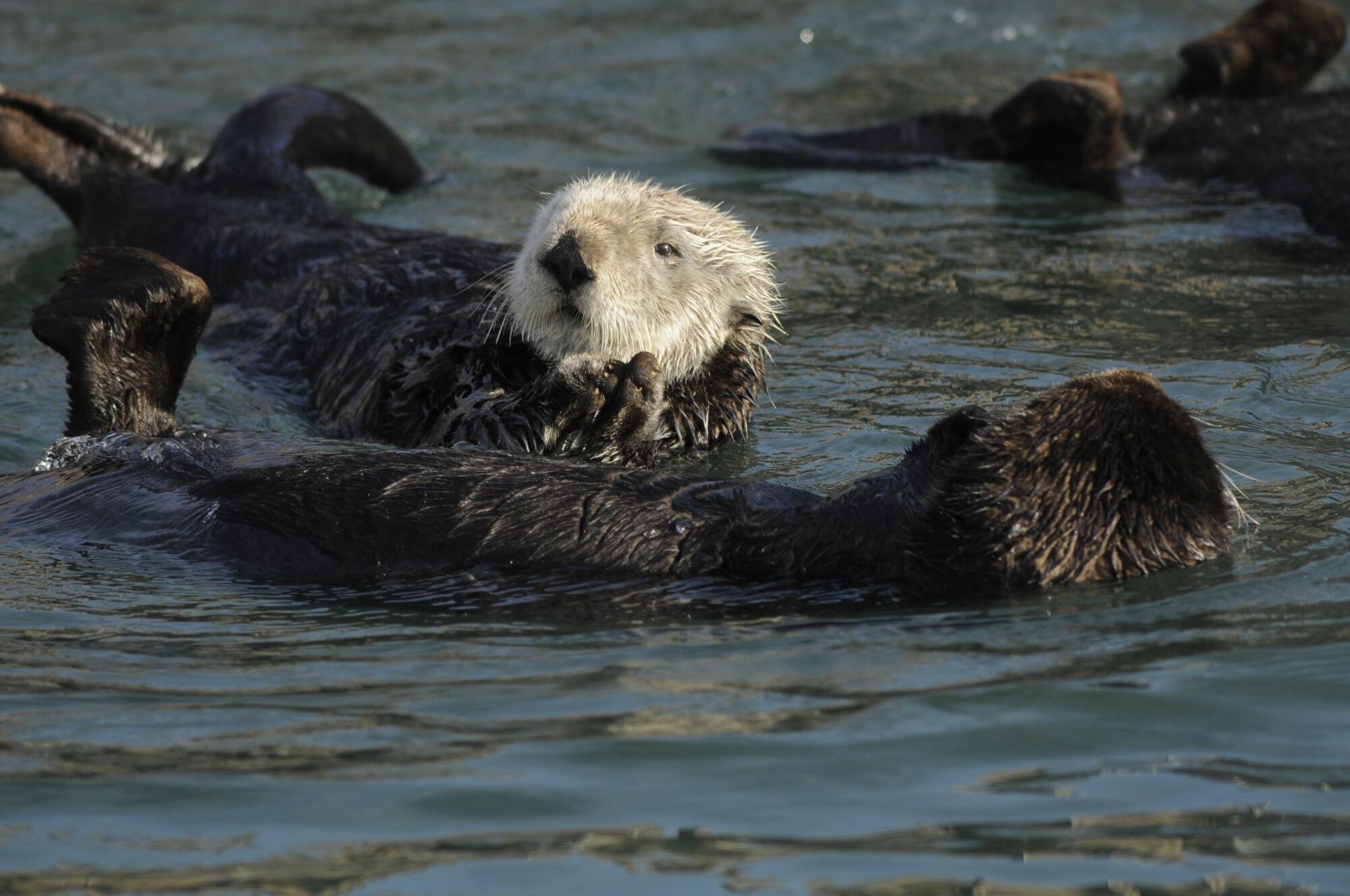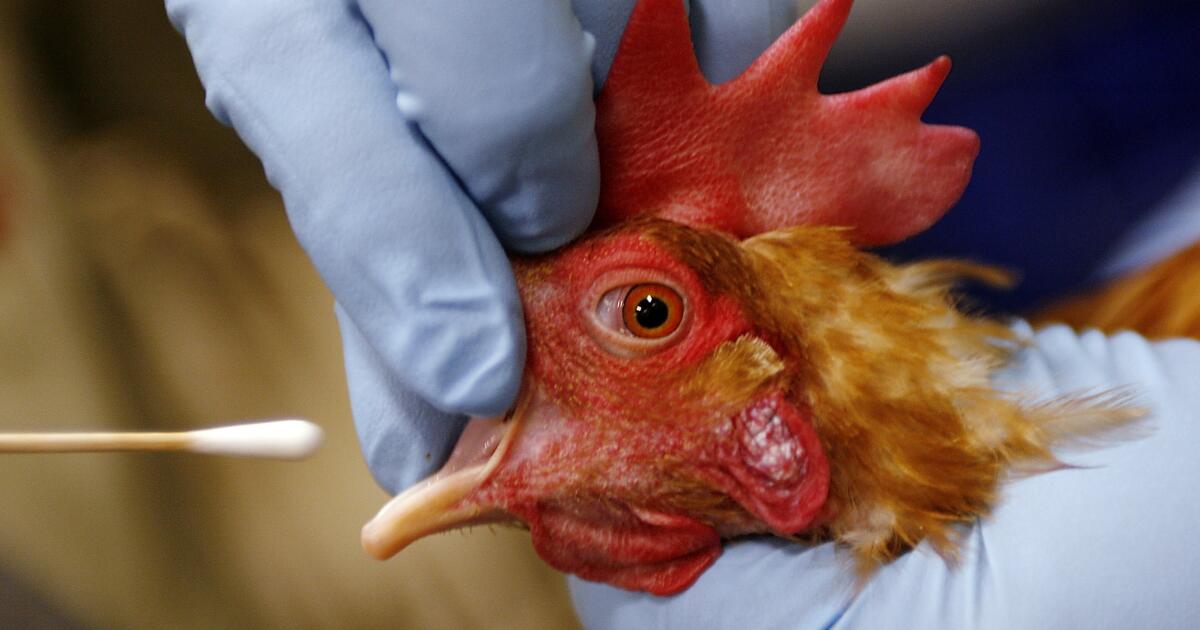An “apocalyptic” mass mortality event that has left thousands of lions and elephant seals dead on South American beaches is raising alarm among some California marine mammal experts who fear similar scenes could occur along the coast of the California Pacific and other continents such as the H5N1 virus. Avian flu continues its march around the world.
The highly pathogenic avian influenza virus has become famous for its devastating effects on domestic and wild bird populations over the past four years, but only recently has it caused so many deaths in a mammal population.
Until now, the virus’s ability to jump from one mammal to another has been limited, but the scale of infections and deaths in South America has raised troubling questions about whether anything has changed.
While it is not yet clear whether this particular strain of H5N1 has improved its ability to pass easily between mammals, such a development would have potentially devastating consequences for both endangered and non-endangered species.
The disease “presents an existential threat to the world’s biodiversity,” wrote Chris Walzer, executive director of health at the Wildlife Conservation Society in a January statement, noting that the scene of dead elephant seals “could only be described as apocalyptic.”
According to the Centers for Disease Control and Prevention, H5N1 viruses circulating among birds “are believed to pose a low risk to the general public in the United States; however, people who have occupational or recreational exposure to infected birds may be at increased risk of infection and should take appropriate precautions outlined in CDC guidance.”
The World Health Organization has also deemed the risk of human-to-human transmission low and notes that candidate vaccines have been developed for pandemic preparedness.
However, the speed with which the virus has destroyed once-thriving animal populations is impressive, said Marcela Uhart, a wildlife veterinarian at UC Davis’ One Health Institute, based in Argentina.
In November, the mortality rate of newborn elephant seal pups reached 96% on a beach in Argentina, astronomically higher than the 0.8% mortality rate observed there in 2022.
“Ten days and that’s it. “There is nothing left alive,” Uhart said.
Mortality of dolphins and South American sea lions have also been observed. And the virus is practically knocking on the front door of Antarctica, where more than 100 million birds congregate, including penguins that live in colonies, and marine mammals.
“There is climate change and habitat destruction,” which are taking their toll on the planet’s wildlife species, said Rebecca Duerr, a bird veterinarian at International Bird Rescue in Long Beach. “And then this. “It’s bleak.”
In California, some experts say they are concerned about the vulnerability of sea lions and sea otters.
“California has been spared some of the huge deaths seen in other parts of the world. But we still have species that are very vulnerable to it. “We are not out of the woods by any means,” Duerr said.

Sea lion pups congregate in a colony at Boomer Beach, off Point La Jolla, in San Diego, in August 2020.
(Eduardo Contreras / San Diego Union-Tribune)
Colony nesting of seabirds and reproduction of marine mammals occurs along the coast of California, the Channel Islands, and the Farallon Islands. They are seasonally populated by species such as terns, sea lions and sea otters, among others.
“There’s still a lot of concern about what’s going to happen in the big picture over time,” he said. “This summer is breeding season, the time when other areas of the world have seen huge die-offs in breeding colonies.”
The effects would also not be limited to just infected animals, Duerr said. These animals are essential within broader ecosystems. Guano produced from breeding bird colonies provides nutrients to marine invertebrates and fish, for example.
And if sea otters suffered such losses, it would jeopardize the health of California’s vast kelp forests, which would fall prey to sea urchins, said Christine Johnson, a professor of epidemiology and ecosystem health at UC Davis.
And although the marine mammal populations of the southern and northern hemispheres don’t have much if any contact, Johnson said the world is changing so rapidly that we really can’t be sure of anything.
“The distribution of marine species depends largely on the fate of their food, which in turn is dictated by trends and warming of the oceans,” Johnson said. “Are there species that overlap now that haven’t overlapped before, based on climate or other factors?”
He said forces such as climate change and habitat destruction could have played a role in the geographic spread of the virus, as well as its initial and sustained dominance over wildlife.
“There is increasing evidence that pandemics coming from wildlife, in particular, are increasing in frequency,” Johnson said. “There’s not a lot of segregation or separation between wild animals and their pathogens” and domestic animals and people.
Until recently, highly pathogenic avian influenza (HPAI) was considered strictly a poultry disease. It would break out here and there (mainly in Asia) and would be quickly crushed killing all the birds on an infected farm.
But in 2002, the virus jumped to wild birds, and in 2005, it spread to Eastern Europe, where seven people were infected after plucking wild swans. Four of the people died. Nine years later, the disease reached North America, presumably through Alaska, where birds from around the world migrate and feed during the summer. And although it calmed down for a time in Canada and the United States (broken up occasionally in Asia, Europe and Africa), it returned with a vengeance in 2021.
Since then, not only have hundreds of millions of domestic birds been slaughtered, but countless wild birds and animals have also contracted the virus.
Julianna Lenoch, national wildlife services coordinator for the U.S. Department of Agriculture’s Animal and Plant Health Inspection Service, said that while scientists wait for genetic information from South America, there is “no evidence that is of great importance.” concern still in the United States. , but I think looking at the spread of mammals and their possible spread is something that the global community is looking for.”
The agency routinely samples wild birds and only suspected mammals.
“We collect them from state agencies or wildlife rehabilitation facilities or from someone who has suspicious signs…so what we have is probably an undercount,” he said.
But so far, the situation in North America is different from the “madness” seen in South America.
In the United States and Canada, the only mammals that have contracted the disease (such as foxes, skunks, coyotes, and bears) are those known to feed on dead birds. There is no indication that there was any transition from mammal to mammal.

Sea otters relax at the Morro Bay Marina. Some marine mammal experts are concerned that furry mammals could be vulnerable to the spread of H5N1 bird flu.
(Marc Martin / Los Angeles Times)
But North American animals may also share a defense that South American wildlife does not.
Because the virus has been present in North America since 2014, most of the continent’s wildlife has “some kind of basic immunity to influenza,” said Deborah Fauquier, a veterinarian with the National Oceanic and Atmospheric Administration. “They have some antibodies. “They may not be perfect… but they have seen the virus before.”
“In South America… those populations were basically naive and had not seen the high road (influenza) before. … So they just don’t have that kind of immunity that we have in both our seals and our birds,” he said.
Therefore, it is still unclear whether the mass die-off of marine mammals is the result of new exposure to the disease or because the virus has acquired the ability to move between mammals.
In any case, however, it does not bode well for wildlife in the last areas of the world where the disease has not been detected: Antarctica and Oceania, the region that includes Australia, New Zealand and the surrounding islands.
Uhart said that in late February he was setting out to take animal samples in Antarctica, hitchhiking on a cruise ship. Before tourists are allowed to get off the ship to disembark, he said, he will go out and do surveillance and make sure everything looks normal; she will also collect samples.
“We’ve seen enough of it,” he said. “I know very well what it looks like.”
Johnson said the world’s nations must be under increased vigilance as the virus continues its scourge.
As with the coronavirus that caused COVID-19, this flu strain is constantly evolving and changing, with new variants appearing all the time. However, fatigue is setting in for many governments around the world that have been fighting the virus for three or four years.
“No one wants to think or talk about another pandemic,” he said. But controlling its whereabouts and changes is essential for conservation, the ecosystem and human health.
“I think countries need to start preparing for the response efforts needed for … major biosecurity concerns,” he said. “It has a high mortality rate in people and we are talking about a lot of viruses in the landscape.”

